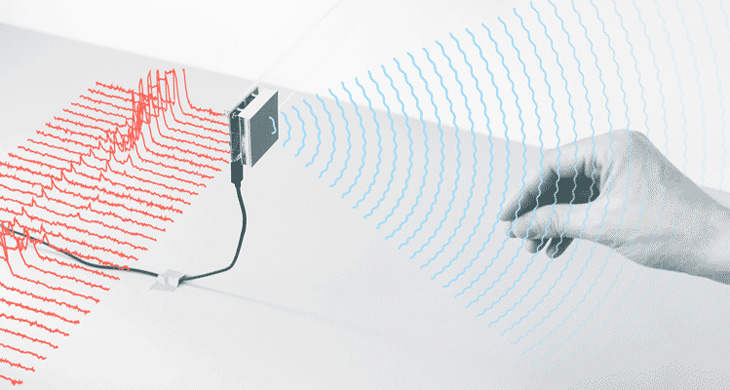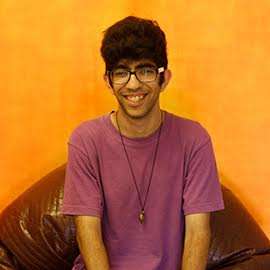Smartwatches just got smarter thanks to Google's Project Soli

Google I/O 2016 was spread over three days instead of the usual rushed one-day announcement overload. First came all the jazzy futuristic announcements like Android N, Their virtual reality (VR) project - Google Daydream and new messaging apps. Then came the big synergy of Chrome OS and Play Store coming together. But finally, on day three, it was a chance for Google's Advanced Technology and Projects (ATAP) to shine.
At I/O 2015, Google showed off various products - Project Jacquard, Project Soli, Project Ara and Spotlight Stories - but for the rest of the year, Google remained silent. Still, maybe that's a good thing because a product displayed too early is usually far off from the version that finally ends up in the consumers' hands.
Project Jacquard is Google's project for touch-sensitive fabric and they partnered with Levi to launch a 'smart' jacket. Project Ara, meanwhile, is the future of phones. While the LG G5 was the first modular phone to be released, Project Ara is far more than just a modular phone. Spotlight Stories has since got a VR update.
None of that seems as cool as Project Soli though, which could be the next revolution in wearable tech. Project Soli is the company's attempt at building "a very small radar sensor that can translate hand movements into digital signals for building new user interfaces for wearables," writes TechCrunch.

Over the course of the year, the company challenged themselves to run the technology on a smartwatch and that's exactly what was showcased this year around. The device's earlier kit used too much power and needed a desktop or laptop to run it. However, this year's redesigned chip reduces power consumption 22 times over and also has a footprint that is 3x smaller.
Also read: Can't digest this: after wearable tech, it's time for swallowables
It is also 256 times more efficient. What this means in layman terms is that, thanks to the new chip, you can control your fancy new smartwatch without having to touch it!
Here's Project Soli from last year:
Here's The Verge getting some hands-on time with this year's Project Soli:
Even better, we won't have to wait too much longer with the new kit shipping to developers, sometime during the first half of 2017.
During one of the demos, the ATAP team showed how one can scroll up and down messages by just bringing your hand closer and further away from the watch. One of the benefits of this is more screen real estate. No longer will the screen have to account for your finger covering half the screen. This is important because smartwatches have extremely tiny screens, so every inch matters.
Also read: From UV Patches to Smart Rings: wearable technology is now under our skin
The team noted, almost as a throwaway, that this isn't only meant for smartwatches. They've been working with audio giants JBL to build this technology into speakers too.
"On a really simple level, it means you get to use your entire screen for what screens are meant for: showing you stuff," Ivan Poupyrev, a member of the ATAP team, told Verge. "You're pretty much wasting precious screen real estate which could be used for something useful,"
Project Soli will mainly be implemented in Android Wear devices and now there is one more option for controlling the devices. You don't have to go with voice gestures (the device doesn't recognise them all). You don't even have to use your fingers, which as mentioned above, gets in the way of the screen. You can now just use it with hand gestures.
Project Soli may not be ready for public consumption yet, but with developers getting interested in it, and with what was shown at this years IO, the future sure does look bright. If you weren't considering a smartwatch before, an we're sure you had your reasons, with Project Soli inside, there are now far fewer reasons not to.
Also read: Shocking tech: this wristband electrocutes you into ditching a bad habit
First published: 24 May 2016, 10:36 IST






![BJP's Kapil Mishra recreates Shankar Mahadevan’s ‘Breathless’ song to highlight Delhi pollution [WATCH] BJP's Kapil Mishra recreates Shankar Mahadevan’s ‘Breathless’ song to highlight Delhi pollution [WATCH]](https://images.catchnews.com/upload/2022/11/03/kapil-mishra_240884_300x172.png)

![Anupam Kher shares pictures of his toned body on 67th birthday [MUST SEE] Anupam Kher shares pictures of his toned body on 67th birthday [MUST SEE]](https://images.catchnews.com/upload/2022/03/07/Anupam_kher_231145_300x172.jpg)






